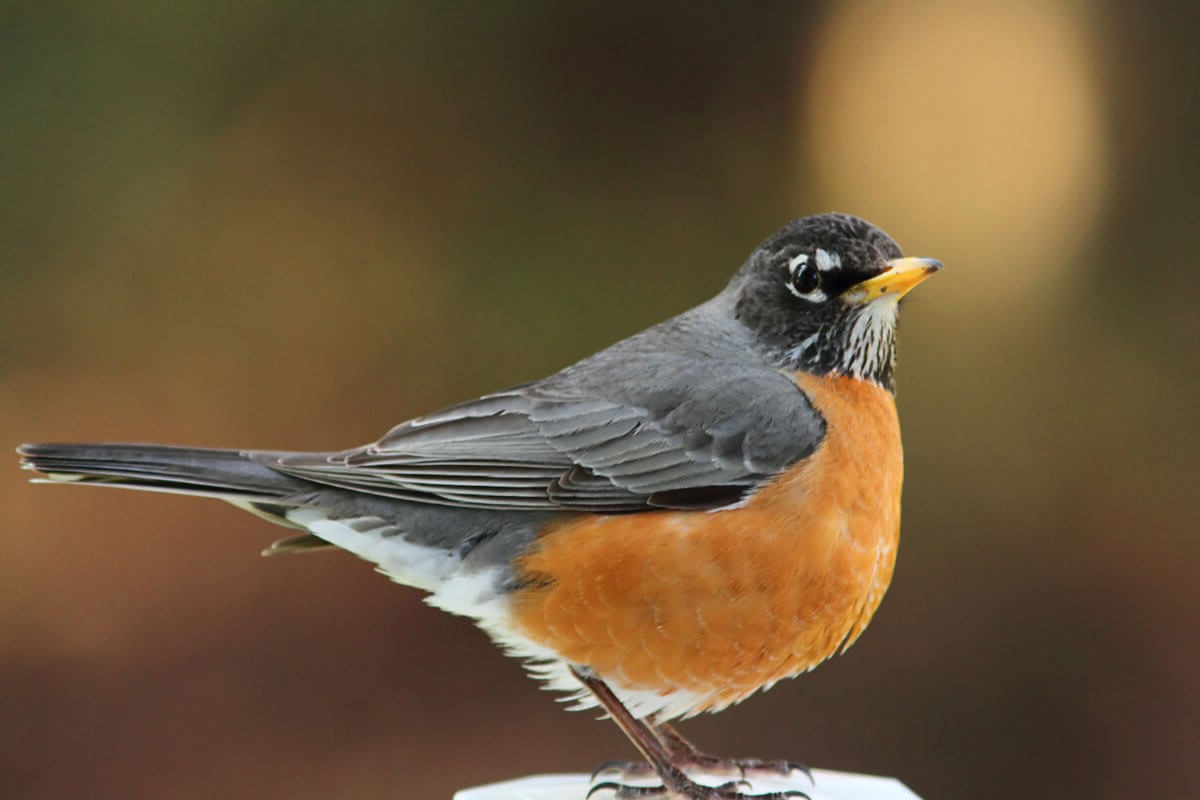
Ever wondered about the charming bird that sings at dawn? Meet the American Robin, a familiar sight in backyards across North America. Known for its bright orange belly and melodious tunes, this bird has more to it than meets the eye. Did you know robins can fly up to 36 miles per hour? Or that they have a unique way of finding worms? These fascinating creatures are full of surprises. Whether you're a bird enthusiast or just curious, these fun facts will make you see robins in a whole new light. Ready to learn more about these feathered friends? Let's dive in!
The American Robin: An Iconic Bird
The American Robin is one of the most recognizable birds in North America. Known for its bright red breast and cheerful song, this bird has captured the hearts of many. Let's dive into some fascinating facts about this beloved species.
- The American Robin is the state bird of Connecticut, Michigan, and Wisconsin.
- Robins are part of the thrush family, which includes other songbirds like bluebirds and nightingales.
- They are known for their distinctive red or orange breast, which makes them easy to identify.
- American Robins can be found across North America, from Alaska to Mexico.
- These birds are migratory, often traveling south for the winter and returning north in the spring.
Behavior and Diet
American Robins have some unique behaviors and dietary preferences that set them apart from other birds. Here are some interesting tidbits about their habits.
- Robins are known for their "run, stop, and peck" method of hunting for worms.
- They have excellent vision, which helps them spot insects and worms from a distance.
- During the winter, robins switch their diet from insects to berries and fruits.
- They are one of the few bird species that can eat holly berries, which are toxic to many other animals.
- Robins often forage in flocks during the winter, which helps them find food more efficiently.
Nesting and Reproduction
The nesting habits of American Robins are quite fascinating. They are diligent parents and have some unique nesting behaviors.
- Female robins build their nests using mud, grass, and twigs.
- They often build their nests in trees, but they can also be found on buildings and other structures.
- Robins typically lay 3-5 eggs per clutch, which are a distinctive blue color.
- Both parents take turns incubating the eggs, which hatch after about two weeks.
- Baby robins, or fledglings, leave the nest about two weeks after hatching.
Songs and Communication
Robins are known for their beautiful songs and unique ways of communicating with each other. Here are some facts about their vocalizations.
- Male robins sing to establish their territory and attract a mate.
- Their songs are often described as cheerful and melodious.
- Robins have a variety of calls, including alarm calls to warn others of danger.
- They can recognize each other's songs and calls, which helps them communicate effectively.
- Robins often sing the most during the early morning and late evening, which is known as the "dawn chorus" and "dusk chorus."
Lifespan and Predators
Like all animals, American Robins face challenges in the wild. Here are some facts about their lifespan and the threats they encounter.
- The average lifespan of an American Robin is about 2 years, although some can live up to 14 years.
- Common predators of robins include cats, hawks, and snakes.
- Robins use a variety of strategies to avoid predators, including flying in zigzag patterns and using alarm calls to warn others.
Fascinating World of American Robins
American Robins are more than just a common backyard bird. Their bright red breasts, melodious songs, and migratory patterns make them a captivating subject. These birds are early risers, often the first to sing at dawn. They have a varied diet, enjoying insects, fruits, and berries. Robins are also known for their distinctive nests, which they build with mud and grass.
Their migratory behavior is influenced by food availability rather than temperature. This means you might spot them in your yard during unexpected times of the year. Robins also play a crucial role in controlling insect populations, making them beneficial for gardens.
Understanding these facts about American Robins can deepen your appreciation for these feathered friends. Next time you see one hopping around, you'll know a bit more about its fascinating life. Keep an eye out and enjoy the beauty they bring to your surroundings.
Was this page helpful?
Our commitment to delivering trustworthy and engaging content is at the heart of what we do. Each fact on our site is contributed by real users like you, bringing a wealth of diverse insights and information. To ensure the highest standards of accuracy and reliability, our dedicated editors meticulously review each submission. This process guarantees that the facts we share are not only fascinating but also credible. Trust in our commitment to quality and authenticity as you explore and learn with us.


